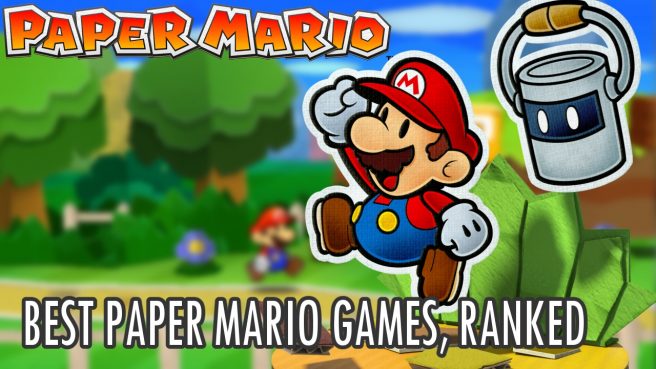Ranking the Paper Mario games, from best to worst
When it comes to game rankings, the Paper Mario series has always been rather defined in terms of which games are “good” and “bad”. There are three main eras of Paper Mario games: the first three games (64, The Thousand-Year Door, and Super), the Wii U and Nintendo 3DS titles (Sticker Star and Color Splash), and whichever era we’re in now (The Thousand-Year Door Nintendo Switch version). Given the amount of love and care that was put into The Thousand-Year Door remaster and how positively it was received both after its announcement and after its release, we think the future of the Paper Mario series is bright. And while we wait patiently for the next new game in the series, we’ve ranked all six Paper Mario games from worst to best. Do keep in mind that this is a subjective list, however, and we’d love to hear your thoughts and rankings for the Paper Mario games down below.
6. Paper Mario: Sticker Star
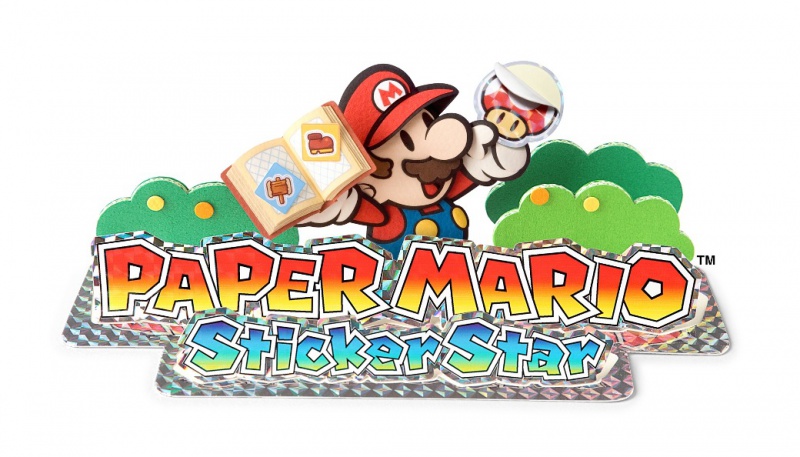
To absolutely no one’s surprise, Paper Mario: Sticker Star sits at the very bottom of our list. There’s not a lot to say about this game that hasn’t already been said, but that won’t stop us from discussing it anyway. Sticker Star is a title full of absolutely bizarre and baffling design decisions – many of which went on to leave a stain on the franchise for years to come. If you play Paper Mario: Sticker Star with the mindset of “this is a pretty average Mario adventure game from 2012”, it isn’t that bad – just forgettable and boring. If you play it with the mindset of “this is supposed to be a Paper Mario game”, then it’s definitively the worst game in the series. In terms of its gameplay, Sticker Star is essentially no longer Paper Mario. There’s no leveling up (and therefore no point to battling other than getting some coins), tons of repetitive backtracking with little to no guidance, and a completely overhauled battle system that essentially limits the amount of times you can perform actions. Though combat might feel fun at first, you’ll eventually realize there’s no point in fighting enemies, and you’ll likely spend the rest of the game trying to avoid battles altogether.
The bosses are normally a high point of the Paper Mario series, but in Sticker Star you have to find very specific Thing stickers in order to defeat them “the right way”. For example, you need a Baseball Bat Thing to defeat the Tower Power Pokey, and in many cases you won’t know this until you fight the boss, fail, and come up with the idea to find a baseball bat yourself. It’s an egregious waste of the player’s time, and it makes Sticker Star difficult to play without using a walkthrough – if you don’t use a guide and aren’t sure what to do, you’ll end up running around in circles until you find the right Thing. None of this is even mentioning the story, which is also undoubtedly the worst in the series. Bowser is the main villain once again, but he winds up possessed by a Royal Sticker and does not have a single line of dialogue anywhere in the game.
That’s not to say Sticker Star is all bad though – it’s only mostly bad. Its presentation is completely fine, and in many cases excellent. The graphics are fairly good for a Nintendo 3DS game, and the hand-crafted visual style works very well on the handhekd. Sticker Star’s main strength, however, is its music – whereas the game kind of lacking in terms of gameplay, it went all in for its soundtrack. Just about every piece of background music is catchy or memorable, which is a good thing considering the game and story are completely forgettable. Overall, Paper Mario: Sticker Star is universally agreed upon to be the worst in the franchise for a reason. It’s not a horrible game on its own, but when compared to the rest of the series it just doesn’t hold up.
5. Paper Mario: The Origami King
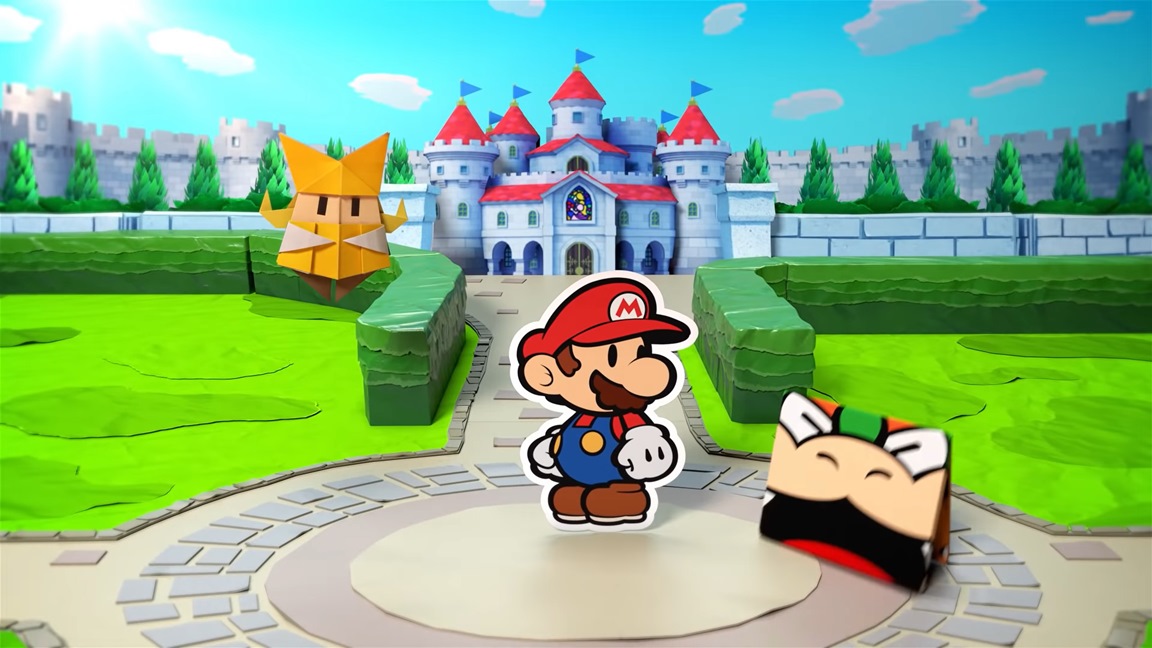
After you get Paper Mario: Sticker Star out of the way as the worst game in the series, there’s a noticeable jump in quality to the “second worst” game in the series. Paper Mario: The Origami King is by no means a bad game – in fact, it actually comes close to recapturing the old Paper Mario magic. Like Sticker Star and Color Splash, most of The Origami King’s characters are just Toads. But there’s an original villain this time around, marking the first one we’ve seen in a Paper Mario game since Super Paper Mario in 2007. Furthermore, the story and character development have seen an upgrade compared to Sticker Star and Color Splash. The graphics are better than ever, with colorful, vibrant landscapes and oddly realistic water during certain cutscenes. As per usual for Paper Mario, The Origami King’s sound design is on point – its battle themes are arguably better than they’ve ever been, with many memorable overworld themes to boot.
Unfortunately, as with the past few games, The Origami King has a major flaw: its battle system. This time around, every single battle takes place on a ring. In addition to having to perform action commands to execute Jump and Hammer attacks, you have to shift the ring around until all of the enemies are lined up in a straight row. At first, there’s some novelty to the battle system, and it’s satisfying to line up enemies and then take them out all at once. That is, until you realize that every single encounter is going to make you spend lots of time moving around rings. The novelty wears off fast, and before long you’ll find yourself simply running away from fights. Fortunately, this may be the last time a new Paper Mario game experiments and fails with its battle system: the next game to release was the Thousand-Year Door remake, which has the traditional battle system Paper Mario fans have been longing for.
Like we said, The Origami King isn’t bad at all – it’s actually quite good – but its battle system is still a major flaw. We feel that having to adjust a ring at the start of every match is more egregious than Color Splash’s card system. Neither mechanic is great, but you’ll likely spend more time adjusting The Origami King’s rings than sticking up cards to use as attacks in Color Splash. It cannot be understated, however, how good The Origami King’s presentation is – its graphics and soundtrack are sublime, and arguably the height of the series (not counting the Thousand-Year Door remake, which takes this a step further).
4. Paper Mario: Color Splash
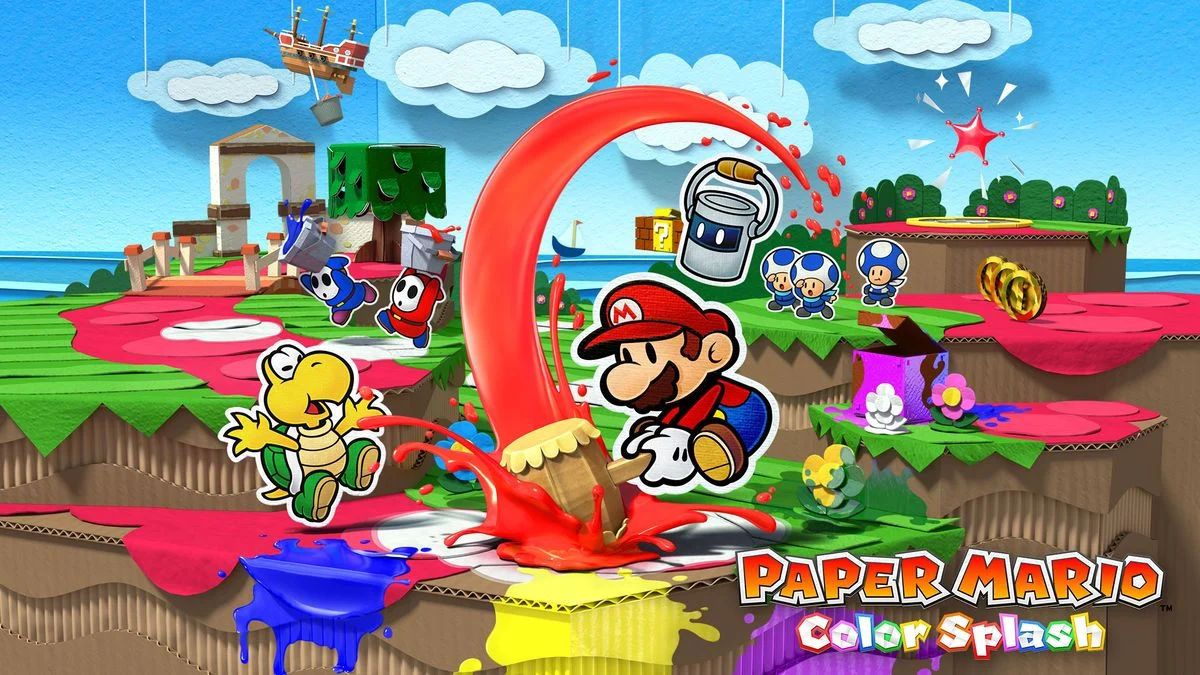
To be clear, we think Paper Mario: Color Splash is just about on par with The Origami King, not strictly better than it. Despite Color Splash’s many improvements over Sticker Star, it often receives unfounded hate. That’s not to say Color Splash is all good, but this is definitely the least-played (and worst-selling) entry in the series thanks to its Wii U confinement. For the most part, Color Splash is a direct sequel to Sticker Star with many of the same problems – but most of these problems are to a lesser extent than its predecessor. Like Sticker Star, all of Color Splash’s NPCs are Toads. This time around, however, the writing has gone wild – the game has the most humorous writing in the series by a long shot. Color Splash still has flaws, but it’s easier to forget them when you find a train-loving Toad who tells you he only watches steam engines go by to distract himself from how sad his life is. Most Paper Mario games have both serious moments and funny moments, but the humorous writing ensures that Color Splash is mostly full of the latter. That’s not necessarily a bad thing, though. The game’s writing can turn otherwise-mundane situations into ridiculous antics, which will hold your attention far better than Sticker Star could.
Of course, as is the case with all modern Paper Mario games, Color Splash has a flawed battle system. Rather than putting up stickers to attack, you put up cards instead. But this time around, there’s a paint meter you can use to fill in and power up uncolored cards, plus restore color to white spots in the overworld. This adds a second expendable resource to your attacks, and as you might expect there are moments where you can run out of cards or paint and find yourself in tough situations. Boss fights, while entertaining, also still require certain Thing cards in order to win – without them, you will simply lose. This is another egregious waste of the player’s time, though you can at least receive hints on which Things you will soon need.
Color Splash and The Origami King are close to being very good games. With normal Paper Mario battle systems, their main criticism would be an over-reliance on Toads as NPCs, which isn’t bad for a game’s only major flaw. Unfortunately, they both have extremely convoluted battle systems that add layers of complexity no one asked for. We just want to be able to select Jump and then use a Jump attack on enemies – no stickers, no cards, no rings, nothing like that. We think the future of the series is bright after the success and reception of the Thousand-Year Door remake, and we’re hoping to see all future entries in the Paper Mario series only use that system. Don’t fix what isn’t broken!
3. Super Paper Mario
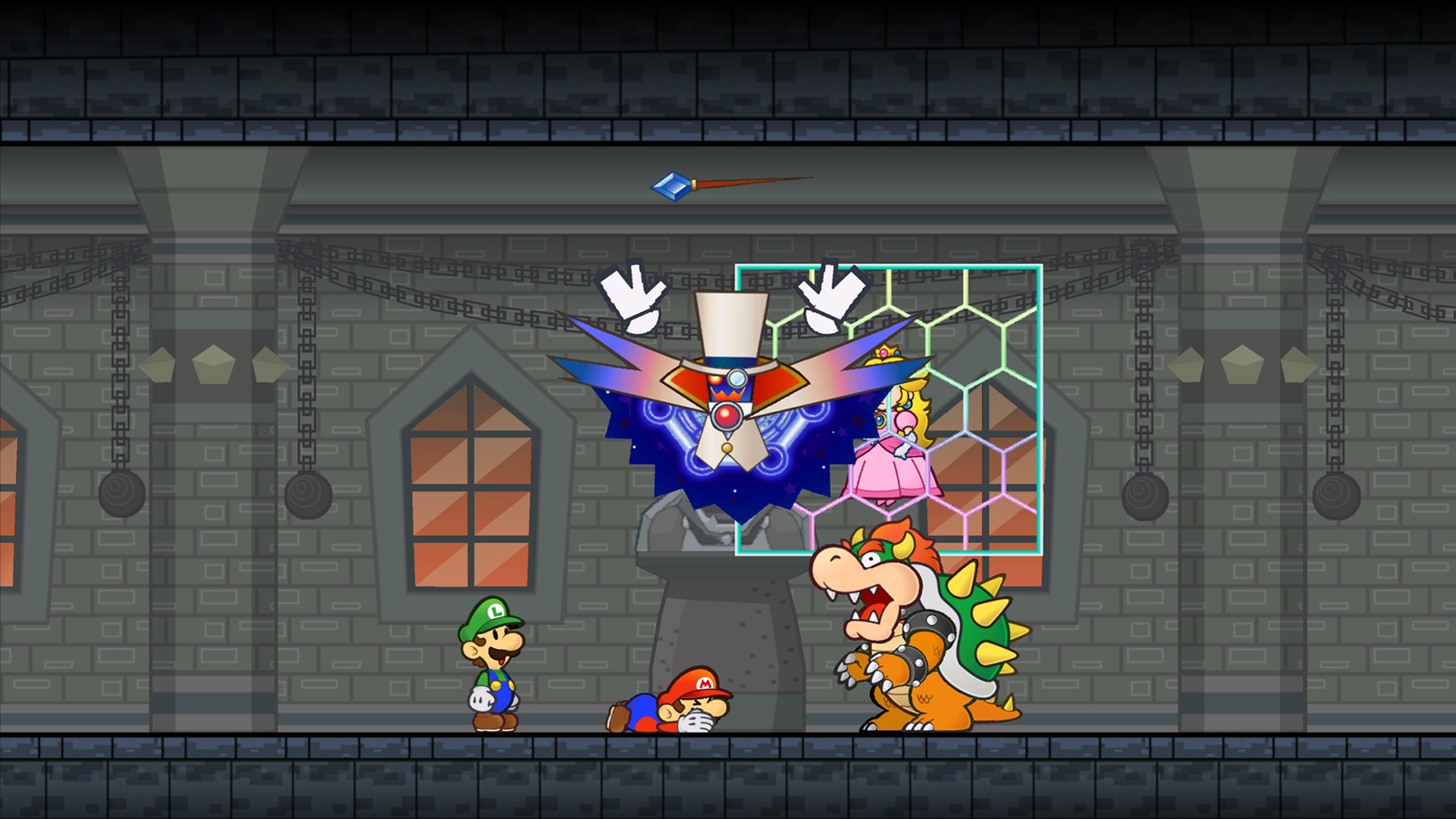
Super Paper Mario deviates from your average Paper Mario game in many ways. For one, the gameplay is very different. A good chunk of the game takes place in 2D side-scrolling sections, but you soon gain the ability to flip the game into 3D to uncover secrets and solve puzzles. There’s no battling in the traditional RPG sense, but you can still level up and recruit party members. Despite all of these changes, Super Paper Mario was still well-received. This is thanks to its incredibly involved story, which many players will tell you is the best in any Mario game – not just the Paper Mario series. With several playable characters and tons of supporting characters newly introduced in this game, Super Paper Mario is ultimately a memorable experience and one of the more beloved entries in the franchise.
Given the success of The Thousand-Year Door and its remake, it’s entirely possible we could eventually see a remake of Super Paper Mario sometime down the line. Many of the villains that appear in this game are some of the most beloved in the greater Mario franchise, plus we’d love to see what this game would look like in The Thousand-Year Door remake’s excellent art style.
2. Paper Mario
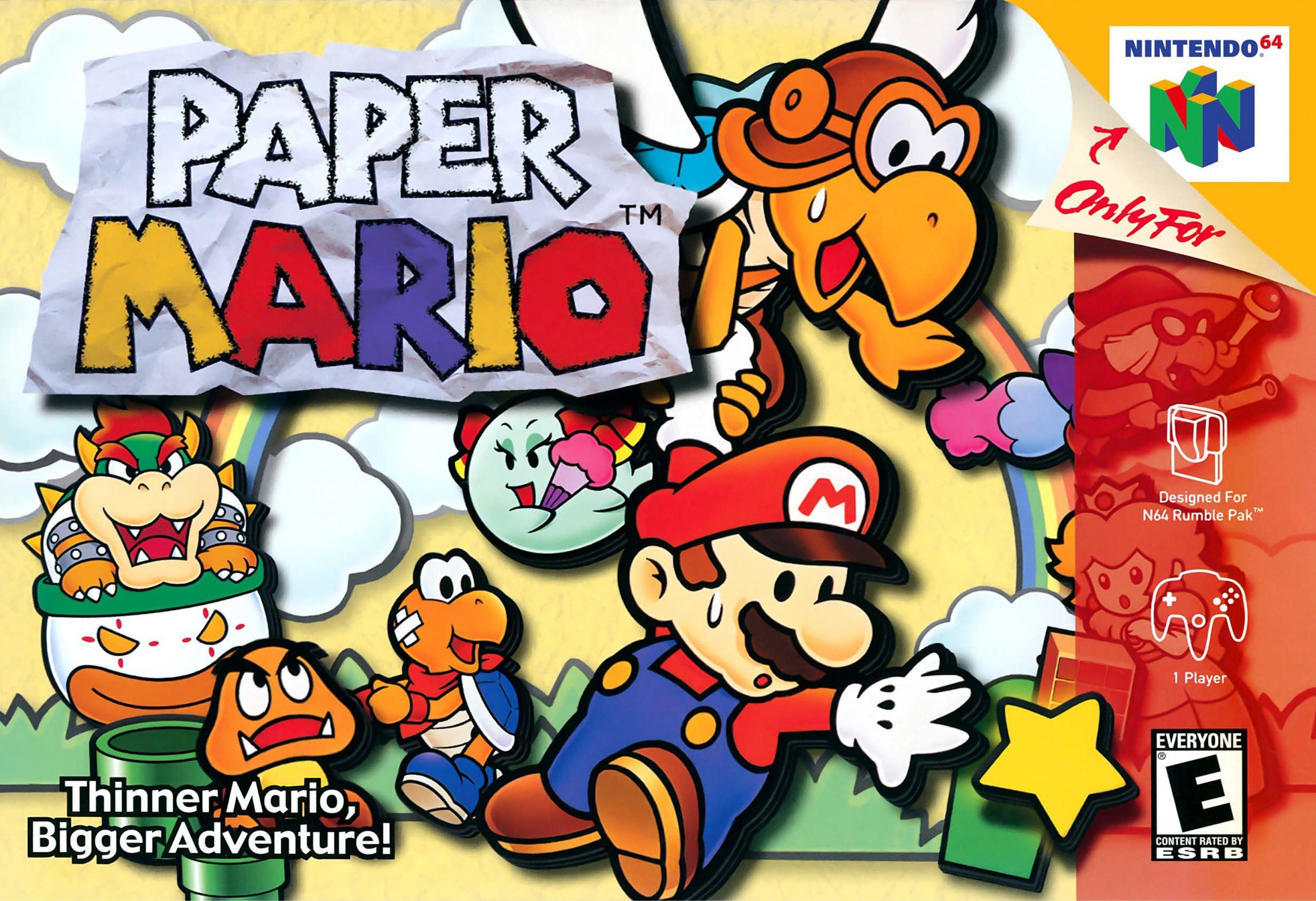
Even though it’s the first game in the series, the original Paper Mario stands the test of time as one of the greats. It’s got a classic story that sets itself apart with unprecedented numbers of new characters, both good and bad – but all memorable. If you look at all the main villains in the Paper Mario games, Bowser is the primary antagonist of Sticker Star, Color Splash, and this game too. The difference here, though, is that Bowser isn’t possessed or silent for the entire story – he’s stolen the Star Rod of his own volition and aims to take over the world once and for all. His army also feels stronger than ever, with several notable adversaries like the Koopa Bros., the Crystal King, Tubba Blubba, and more.
And none of this is even mentioning that Paper Mario got its gameplay right in the very first entry of the series. There are tons of attacks to pull off, both on Mario’s end and from his many partners, too. You can customize Mario’s stats with collectible Badges found in the overworld, and unlock new areas by using your partners’ abilities. Paper Mario was truly ahead of its time, and even with its dated graphics (but still-excellent music) it’s absolutely worth your time. Plus, it’s on Nintendo Switch Online right now – given that it’ll be a while until the next Paper Mario game, why not give it a try if you haven’t done so yet?
1. Paper Mario: The Thousand-Year Door
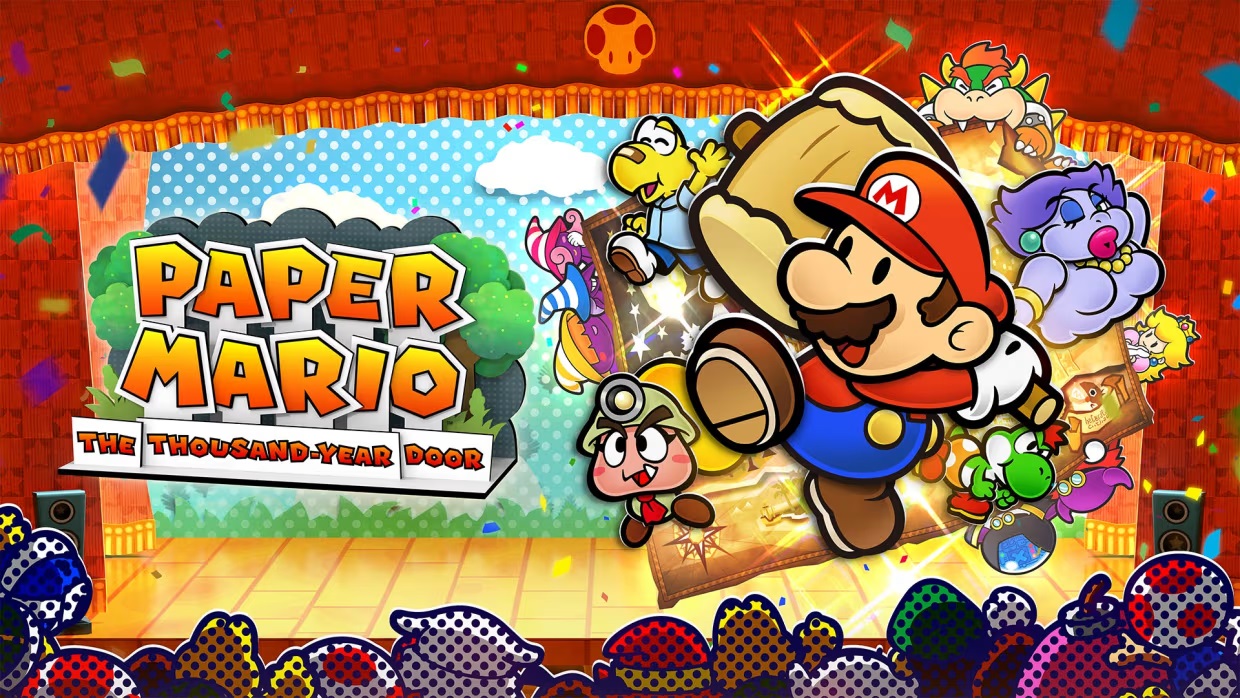
The original GameCube version of this game was great too, but the Thousand-Year Door remake on Nintendo Switch is truly the series’ peak. The first thing you’ll notice is its absolutely excellent presentation. The remake put lots of care into each of characters – they all look paper-thin, but have plenty of unique expressions and animations. All of the music is excellent, too, and in the remake you even have the option to switch between the GameCube soundtrack and the remastered versions. The Thousand-Year Door’s gameplay is also arguably the best it’s ever been. You’ve got a straightforward, uncomplicated battle system where you can select and perform an attack without having to worry about stickers, cards, paint, or a giant ring. That doesn’t mean there isn’t strategy here, though – you can still use Badges to customize Mario and his partner’s attributes. Plus, each partner has drastically different abilities that requires tactical switching against certain bosses.
This is a fairly long, high-quality game that serves as one of, if not the best in its series. There are some minor flaws here and there; though the story is overall quite good, Bowser is written as more of an incompetent fool than a force to be reckoned with, which sort of cheapens his role in the story and makes him feel like an afterthought. Still, this is an incredibly minor flaw in the grand scheme of things. This is as close to perfect as we’ve seen a Paper Mario game get, and it’s why we’re excited about the future of the franchise.
Ever since the release of Paper Mario: Sticker Star in 2012, Intelligent Systems has been releasing a new entry in the series (or, in 2024’s case, a remake) every four years. That means we probably can’t expect to see a brand-new entry in the Paper Mario series until 2028 at the earliest, which does sound really far away at this point. In the meantime, though, what’s your favorite and least favorite Paper Mario game? We’ve got at least three years to talk about that until the next game, so feel free to let us know in the comments down below.
You can read more about the Switch remake of Paper Mario: The Thousand-Year Door here.
